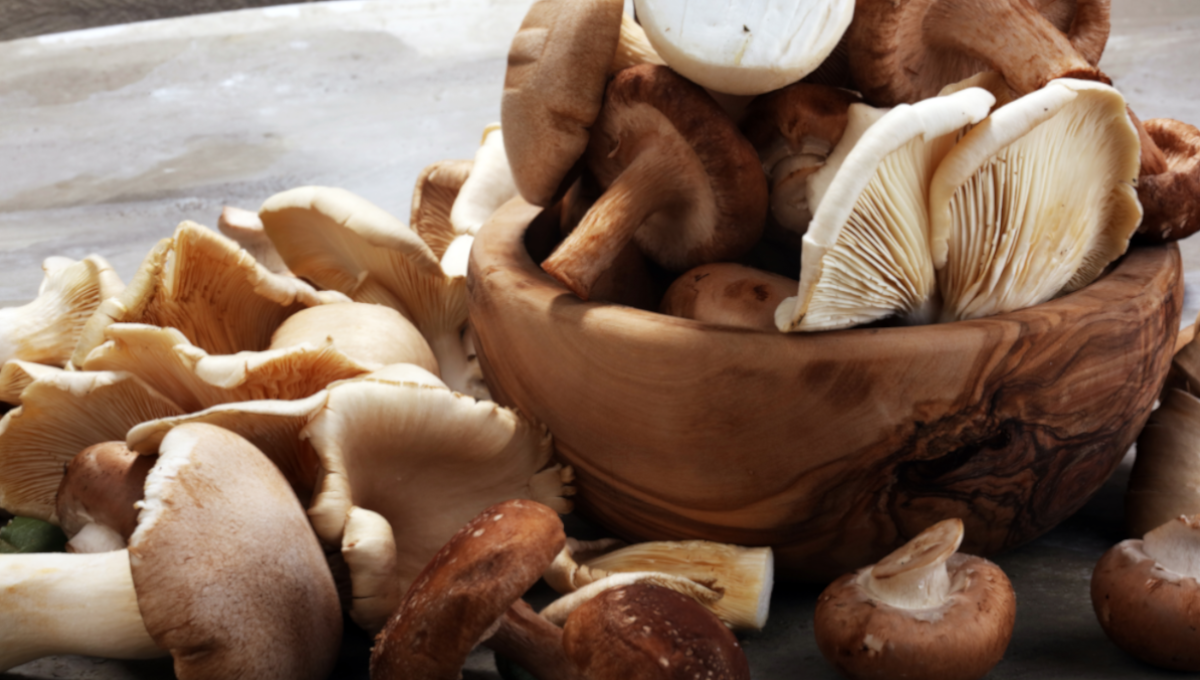Almost 2,000 poisonings linked to wild mushrooms were recorded in France in 2022.
A total of 1,923 intoxications were reported to poison control centers (CAP) during the surveillance period, between July and December. The amount is usually around 1,300 cases. Levels in 2022 were similar to those in 2019.
The monthly poisoning peak of 2022 occurred in October when more than 1,000 cases were recorded. Nearly 40 serious cases occurred, including one person needing a liver transplant and another who had kidney failure, and two people died. In 2021, 41 serious cases and four deaths were reported.
Mushroom growth varies from year to year depending on various things, including weather, according to an article in Vigil’Anses, a newsletter published by the French Agency for Food, Environmental and Occupational Health and Safety (ANSES).
Risk factors for poisoning are poor conservation, consumption of old mushrooms in poor condition, undercooked mushrooms or eating too many, and personal sensitivity, but the major risk is confusing an edible species with a toxic one.
Digging deeper into cases
A questionnaire to better understand the circumstances of intoxication was undertaken by poison control centers. It was offered to each person calling a poison control center for mushroom poisoning to assess the methods of obtaining and identifying mushrooms, plus knowledge of ANSES’s prevention messages.
Although recommendations are issued every year by ANSES, poisonings are frequently reported to poison control centers because of the consumption of raw mushrooms by young children or the use of identification applications for smartphones.
In 2022, 1,862 people were poisoned during a meal including mushrooms. The other cases include accidental ingestion by young children or vulnerable adults.
For 1,146 meals, information on the origin of mushrooms was available. More than 92 percent had been picked but some had been bought in supermarkets, markets or greengrocers or eaten in restaurants.
Picking had taken place mainly in forest areas and less frequently in a garden. A small percentage were from the roadside. Most mushrooms had been cooked before consumption but they were eaten raw in 94 meals.
Some people had tried to identify picked mushrooms before consuming them using various ways such as a book, a smartphone application, the internet or via the help of a third party such as a pharmacist or a mycologist from an association.
The most frequently identified toxic species were Satan’s (or Devil’s) bolete, yellow agarics, poisonous lepiota types or the fly agaric.
People mainly suffered from digestive symptoms including vomiting, nausea, diarrhea or abdominal pain. Neurological issues were observed in 17 percent of patients, including dizziness or headaches. Some people showed excessive sweating or a rash, as well as cardiovascular symptoms.
Wild mushroom advice
ANSES recommends that people only collect mushrooms they know as some highly toxic ones are very similar to edible species. Poisonous types can also grow where edible varieties had been picked in the past. If there is the slightest doubt, consult a specialist before consumption.
Pick only specimens in good condition and take the entire mushroom to help with identification. Do not pick mushrooms near potentially polluted sites such as roadsides and landfills.
Store mushrooms in the fridge at a maximum of 4 degrees C (39.2 degrees F), avoid all contact with other foods and consume within two days of picking. Make sure they are cooked properly – 20 to 30 minutes in a pan or 15 minutes in boiling water – and don’t eat too many in one sitting. Also, don’t give wild mushrooms to young children or use only mobile apps for identification, due to the high risk of error.
(To sign up for a free subscription to Food Safety News, click here.)

